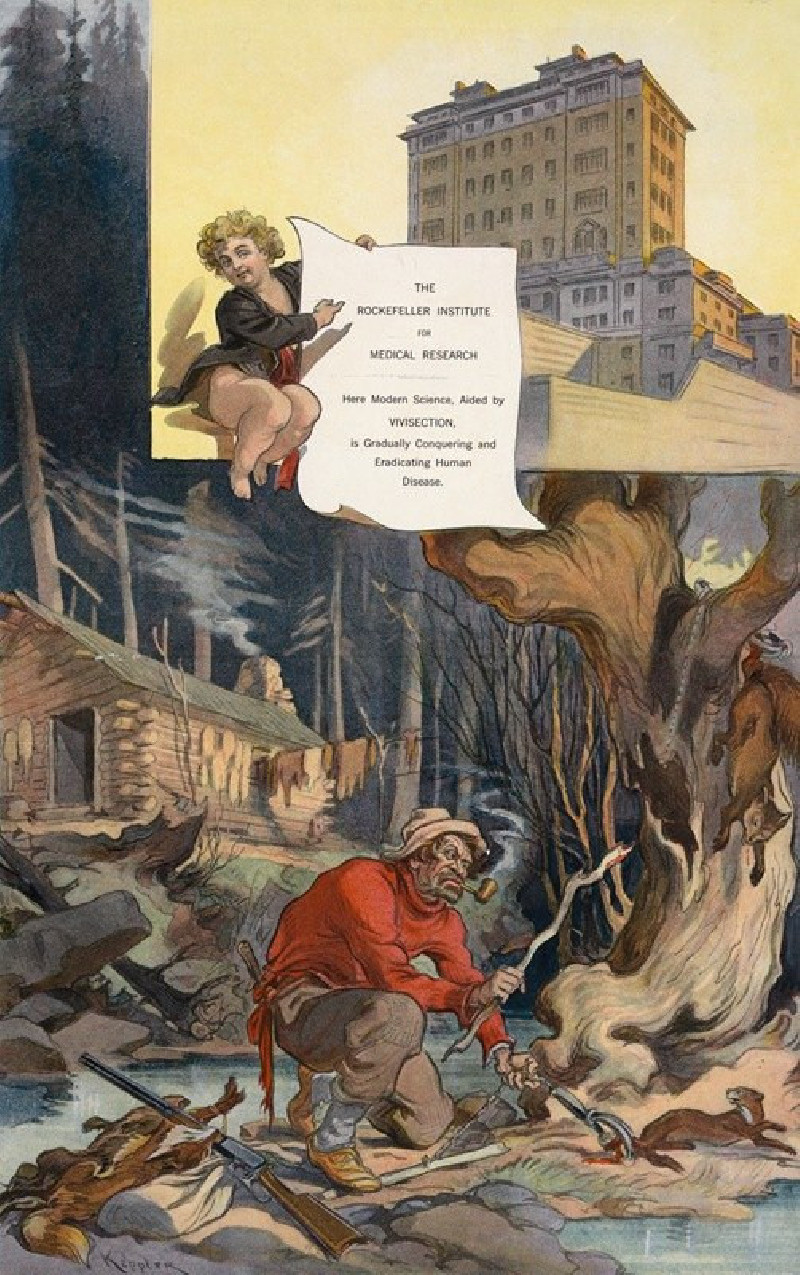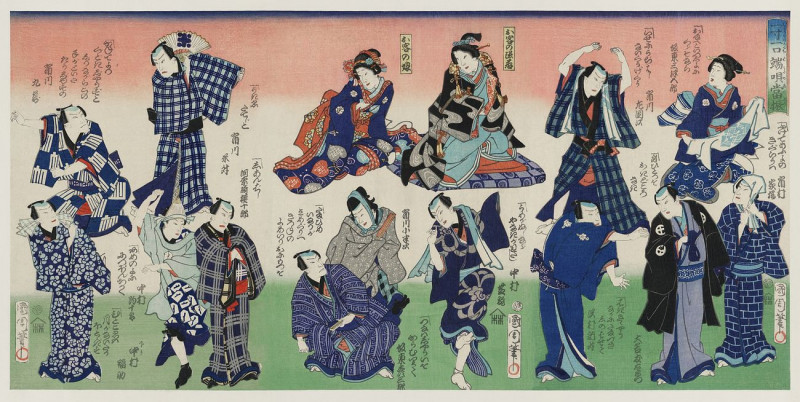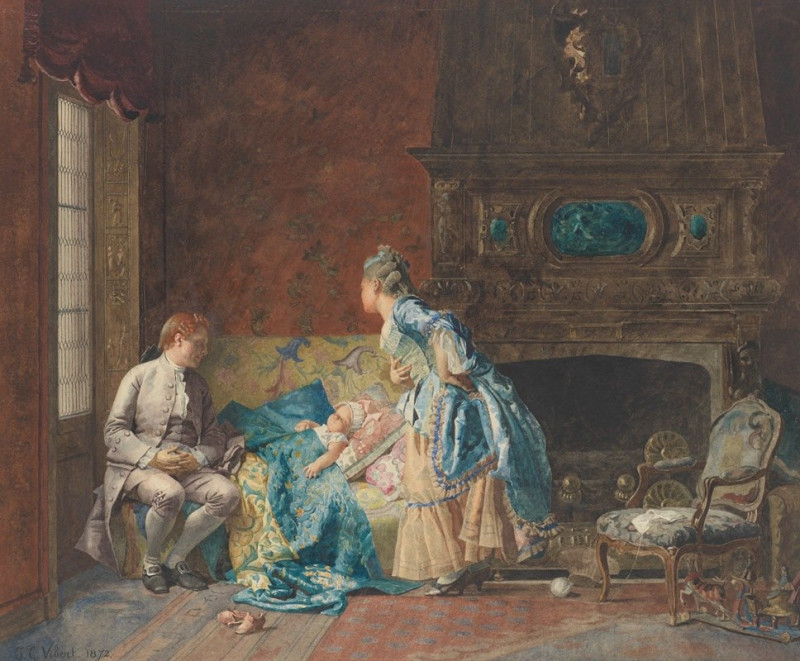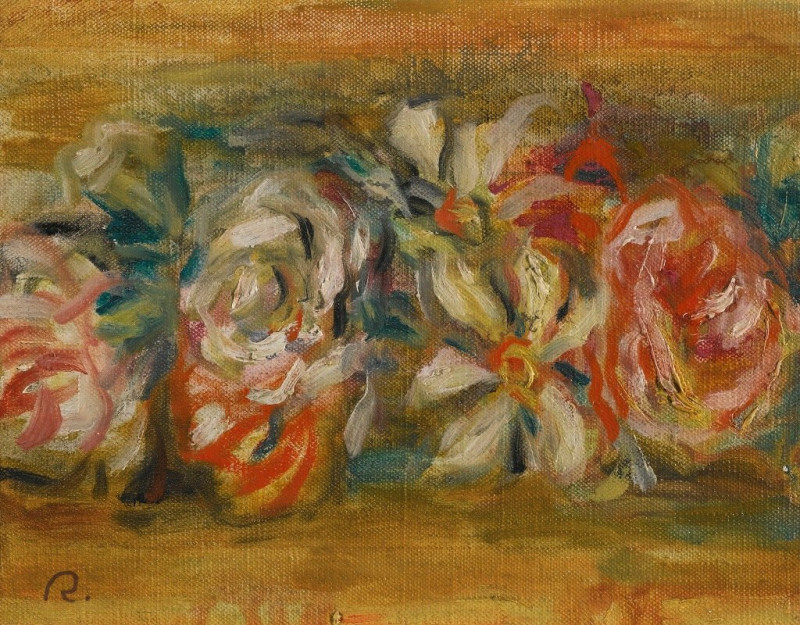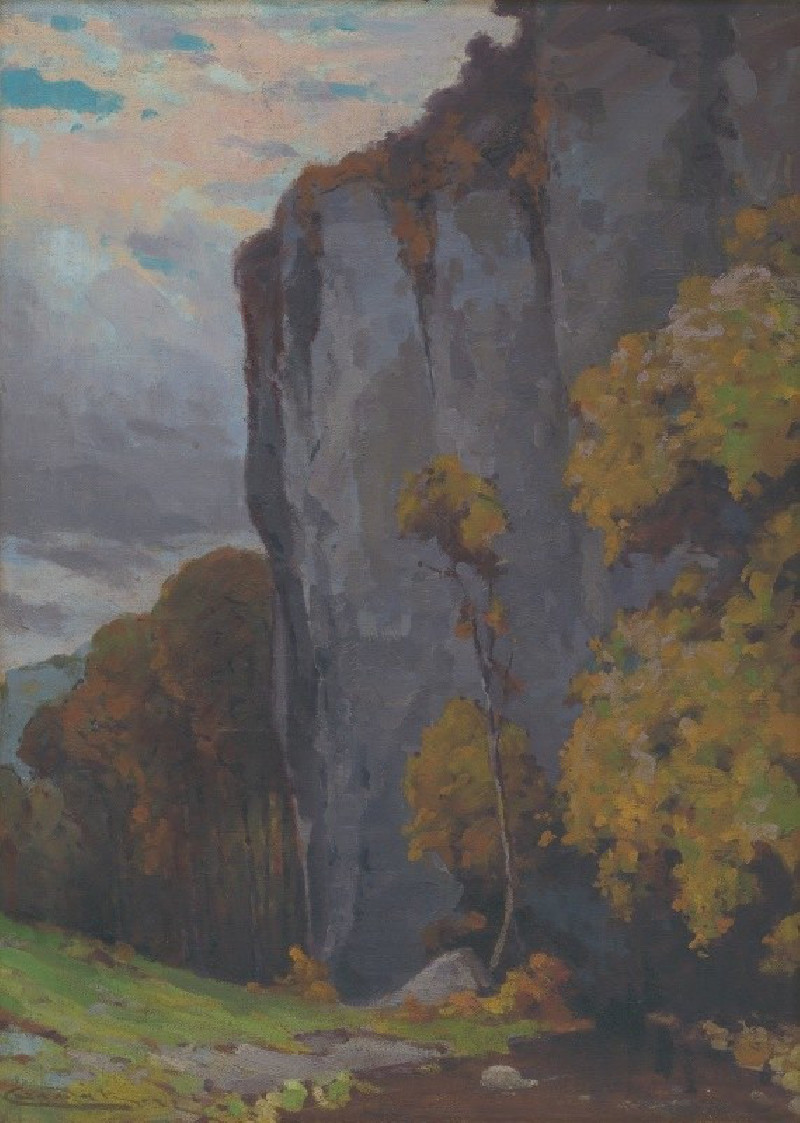Das Herz (1899)
Technique: Giclée quality print
Recommended by our customers
More about this artwork
"Das Herz" by Edvard Munch, created in 1899, showcases a visual expression that is characteristically Munch—intense and emotionally laden. In this painting, the imagery is simplified and stark, using bold, contrasting colors and clear lines to evoke deep feelings. The central motif of the painting is a large, vibrant red heart which is held close to a figure that appears somber and introspective. This figure, defined by swift, dark outlines against a green background, gazes downward, possibly in contemplation or sadness.The heart, exaggerated in size, not only emphasizes the theme of love but perhaps also the pain or overwhelming nature of emotion that can accompany it. Munch's work often delved into complex human emotions, and this piece is no exception. The use of stark colors and the bold isolation of the heart from the rest of the figure perhaps underscores the universal experience of love and heartache. The overall tone of the painting, while simple in composition, carries a weight that is typical of Munch's profound explorations into the human psyche.
Delivery
Returns
Edvard Munch (12 December 1863 – 23 January 1944) was a Norwegian painter. His best known work, The Scream (1893), has become one of Western art's most iconic images.
His childhood was overshadowed by illness, bereavement and the dread of inheriting a mental condition that ran in the family. Studying at the Royal School of Art and Design in Kristiania (today's Oslo), Munch began to live a bohemian life under the influence of the nihilist Hans Jæger, who urged him to paint his own emotional and psychological state ('soul painting'); from this emerged his distinctive style.

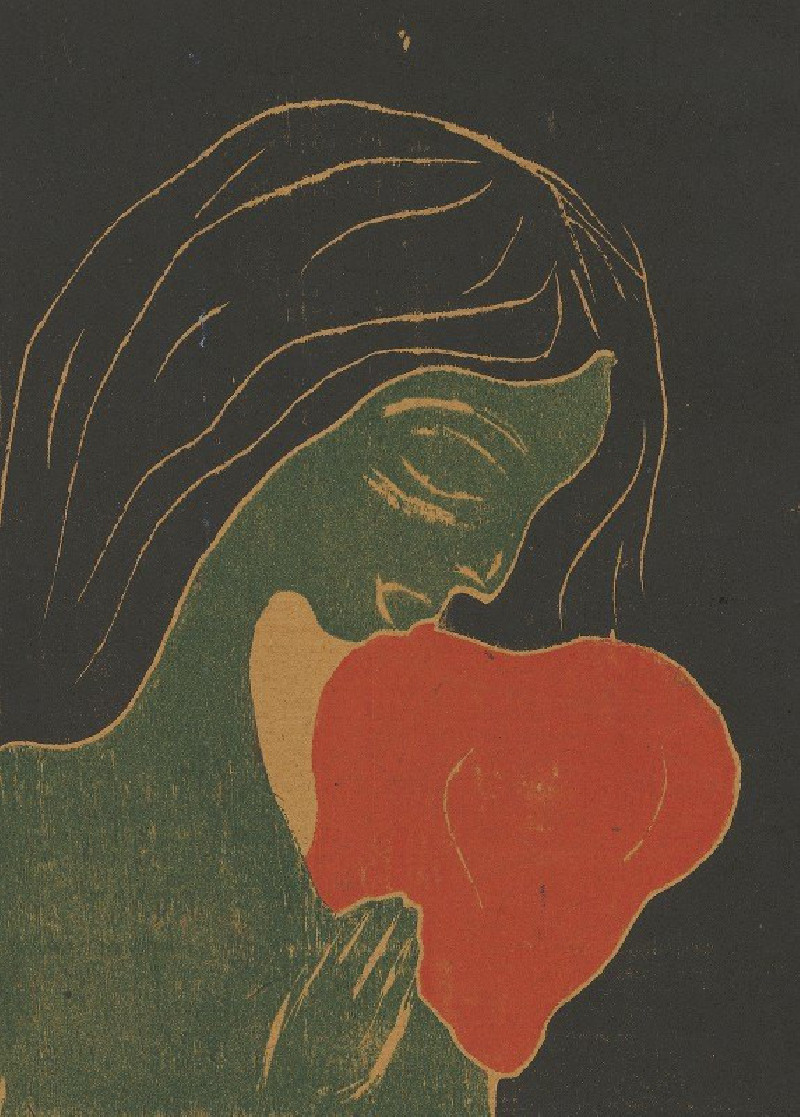

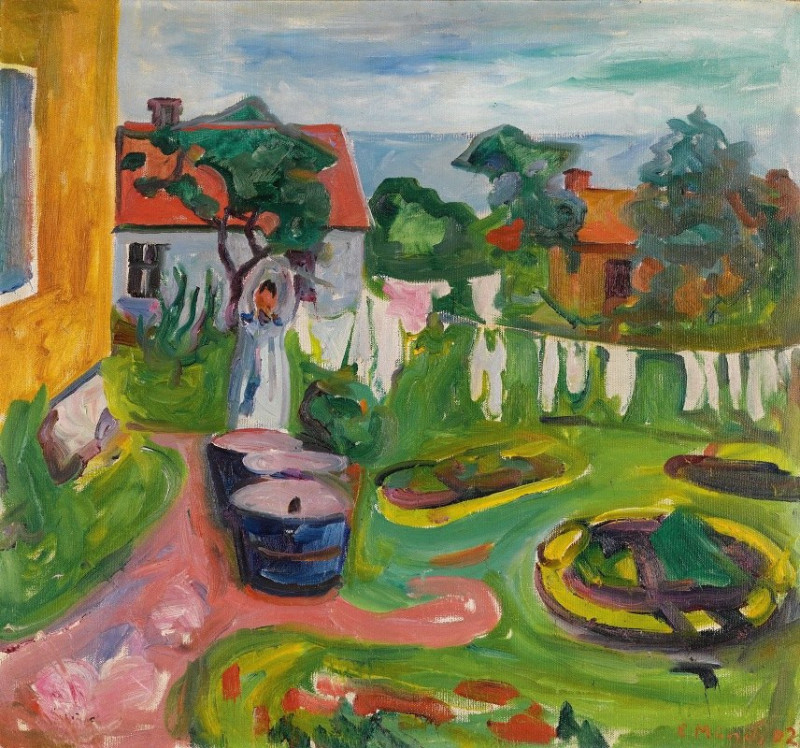
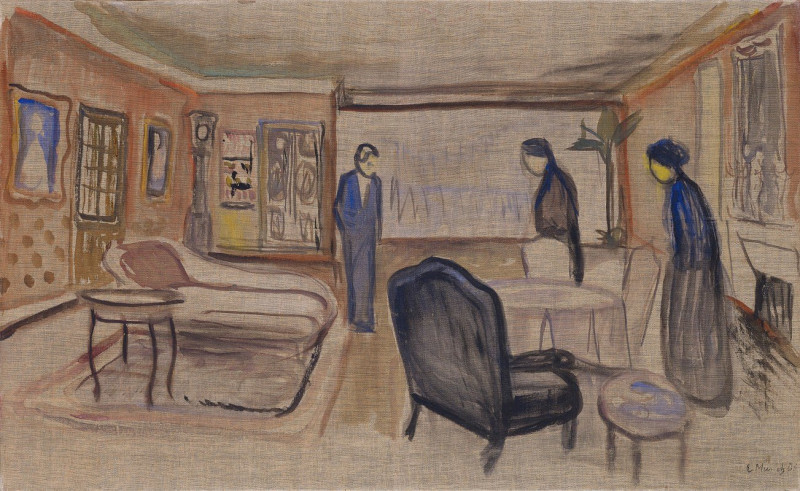
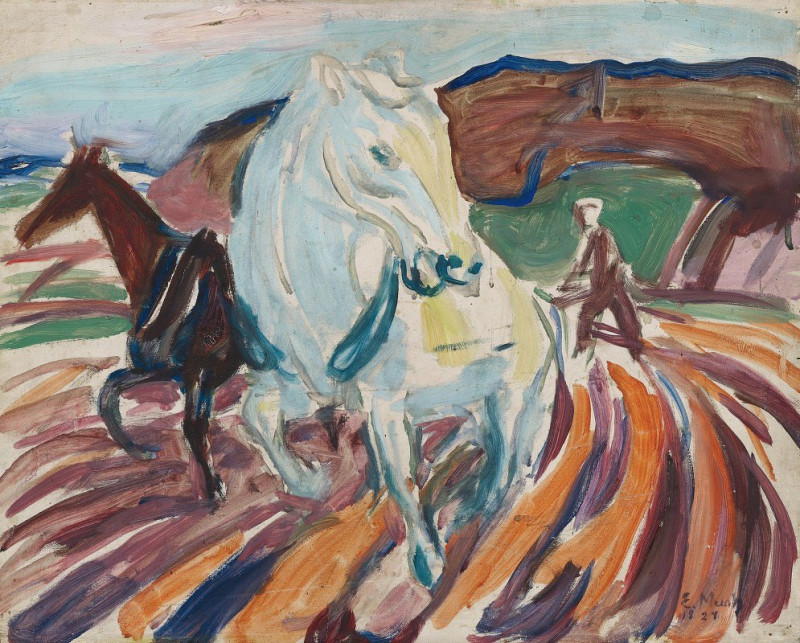
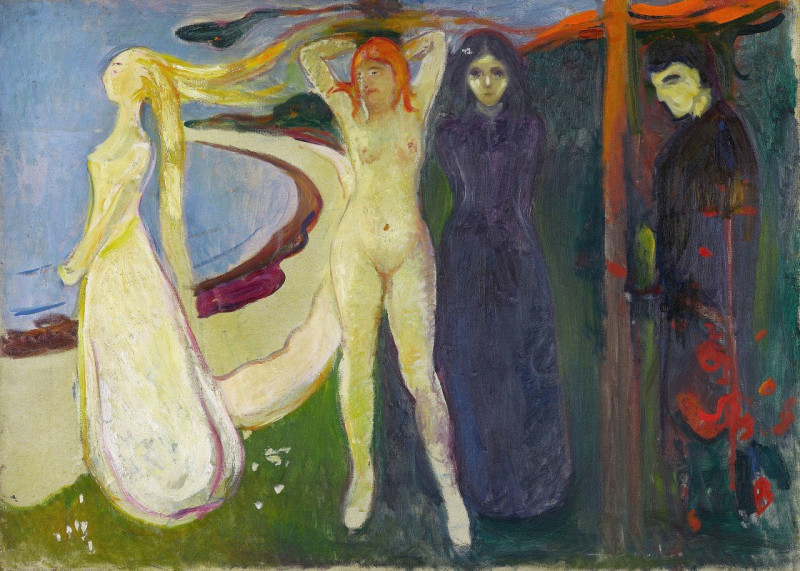
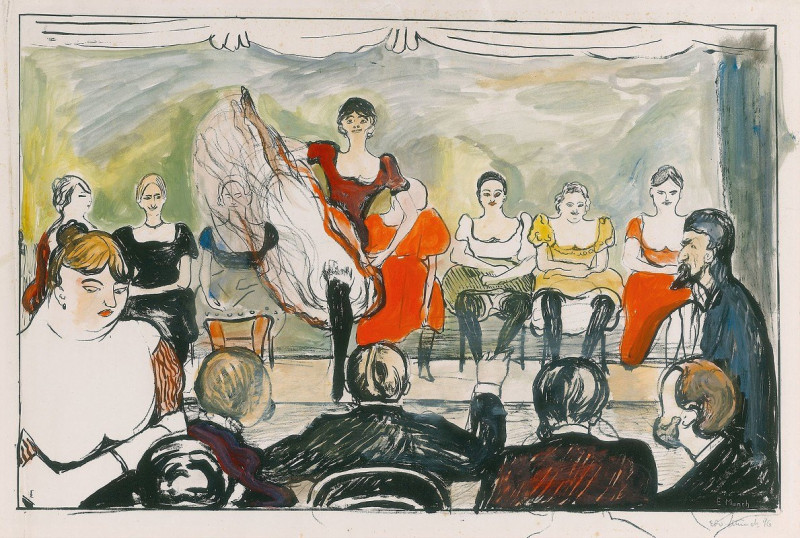
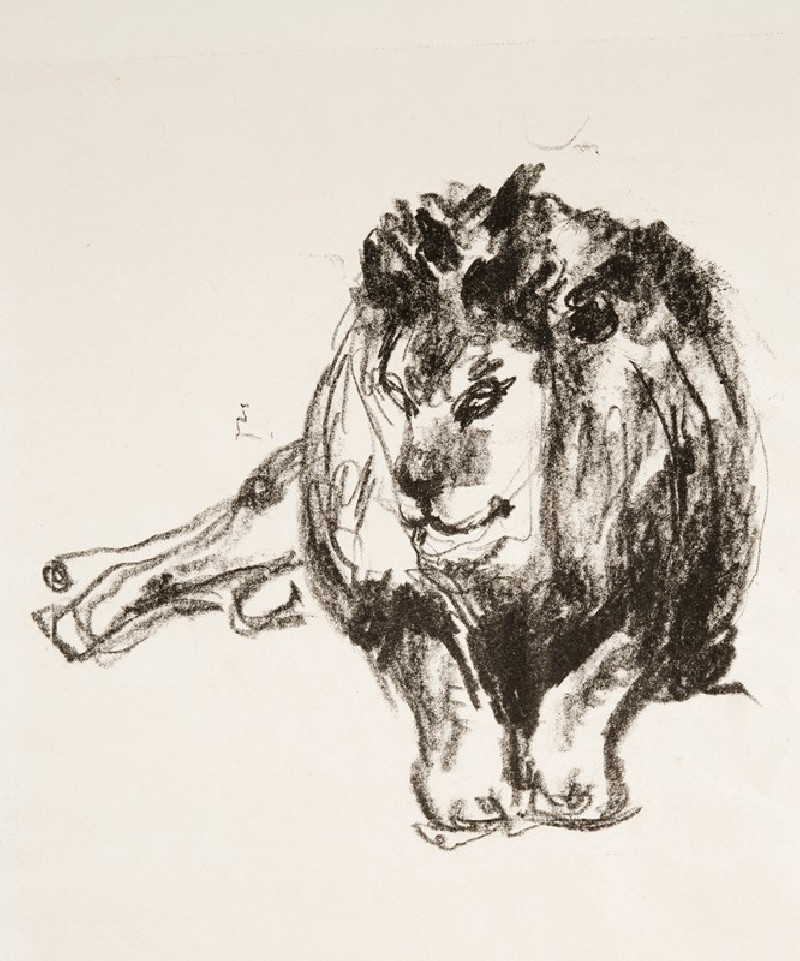
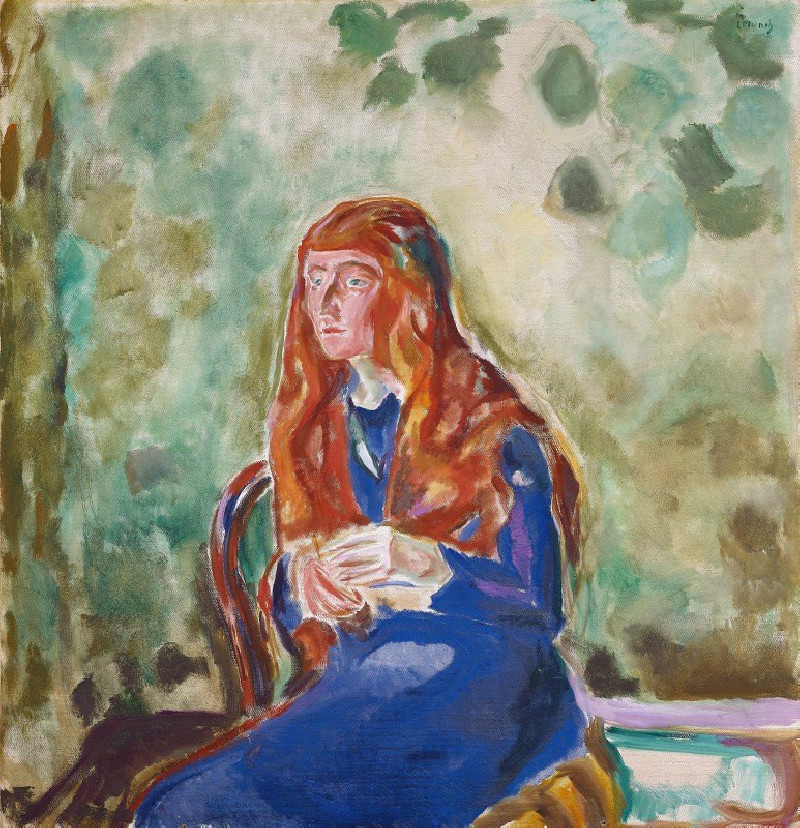

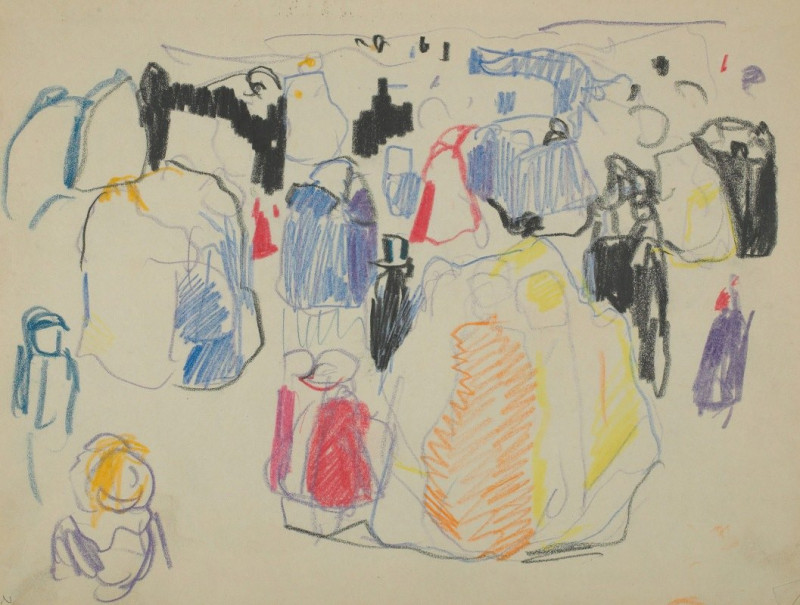
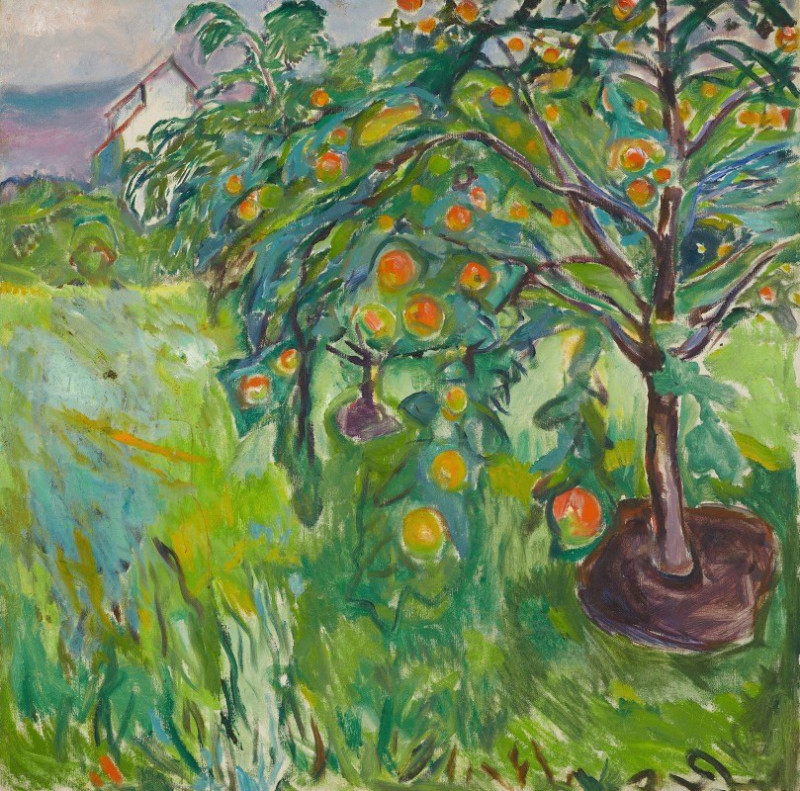

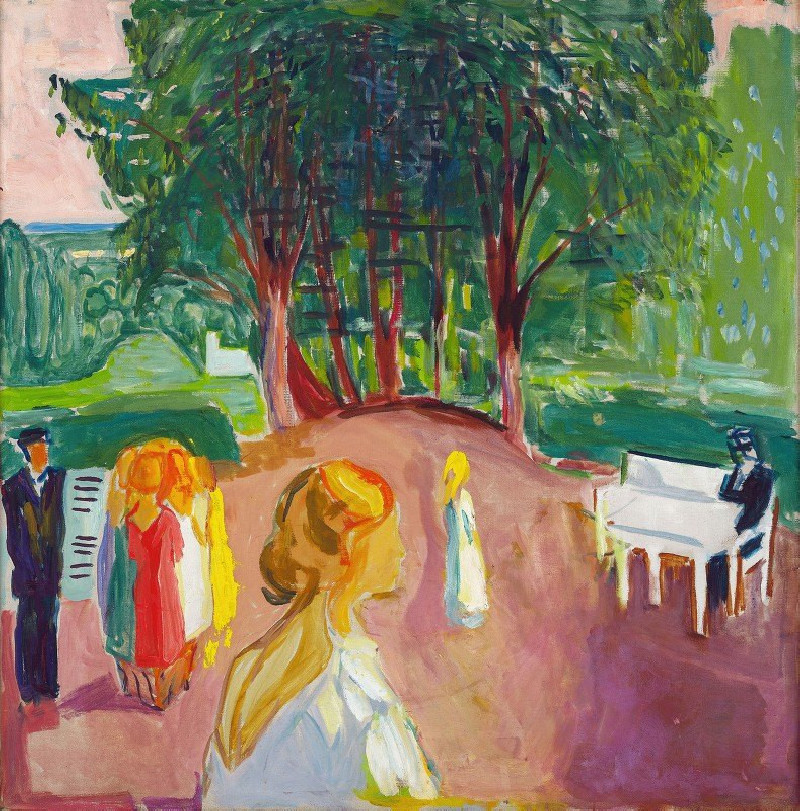
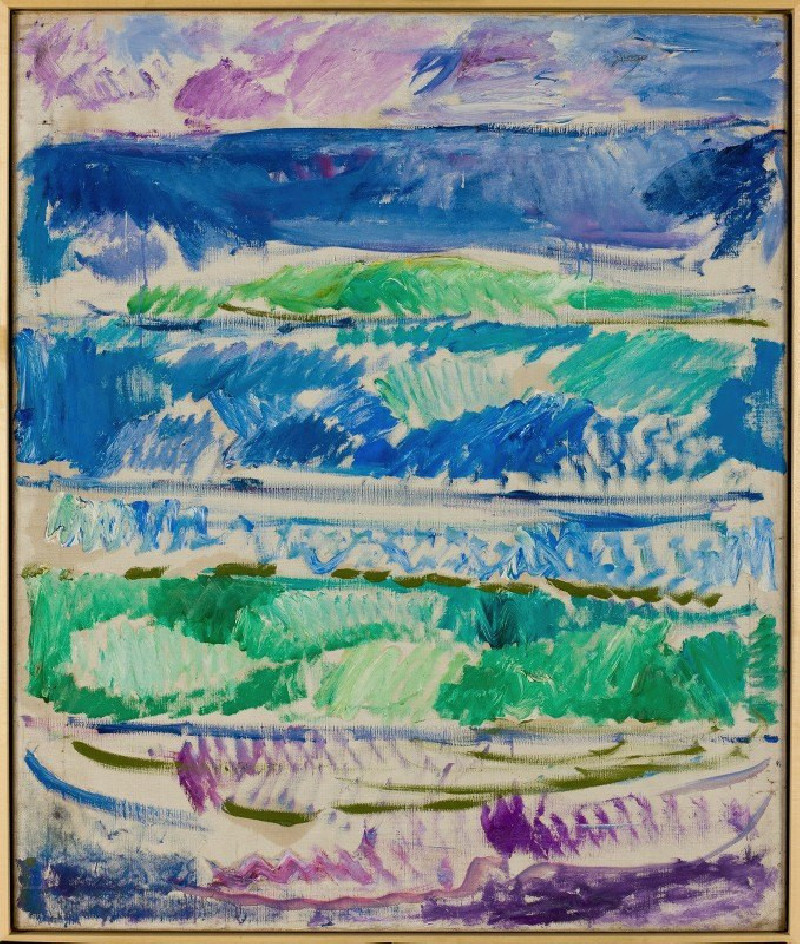

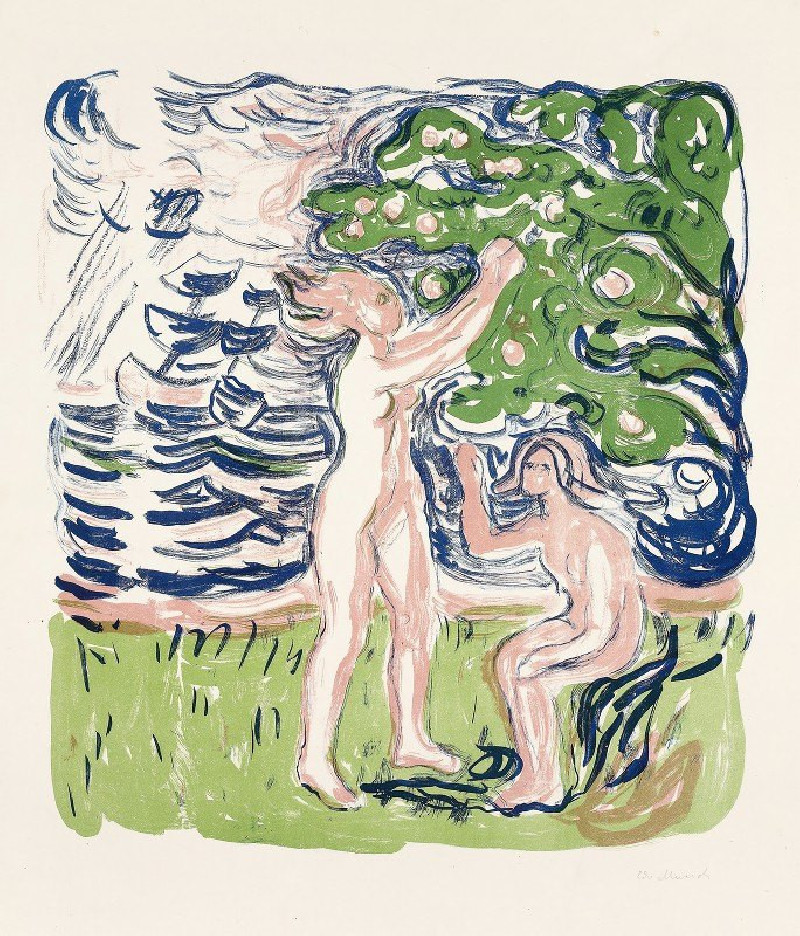
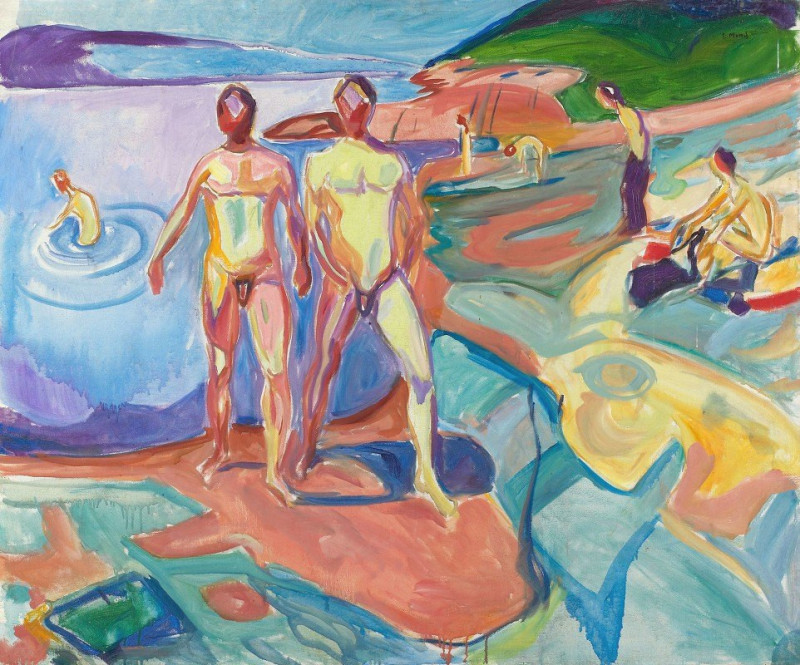
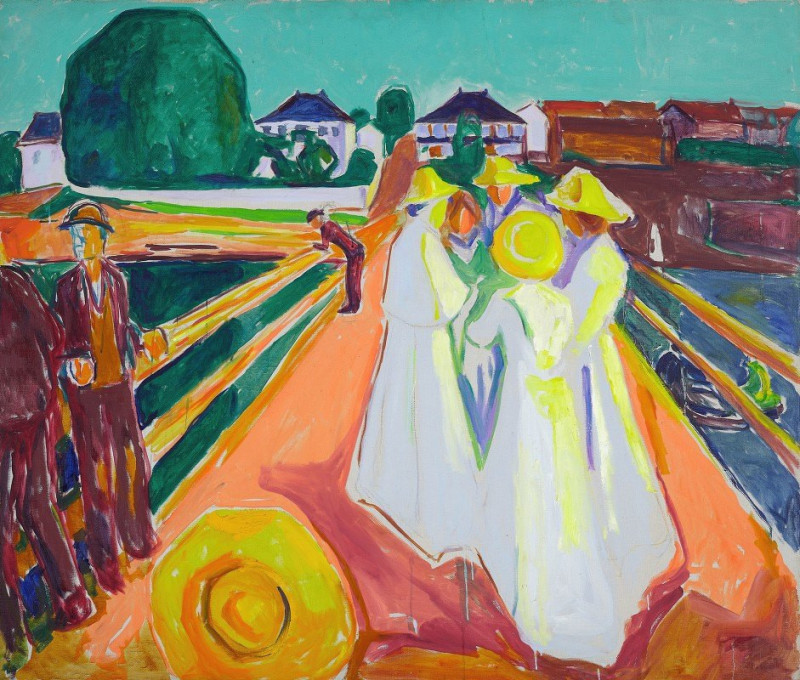
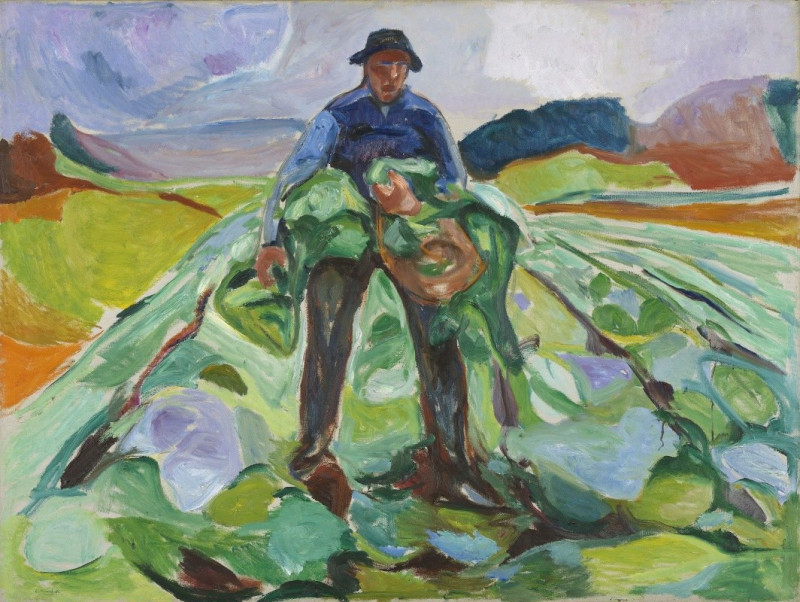
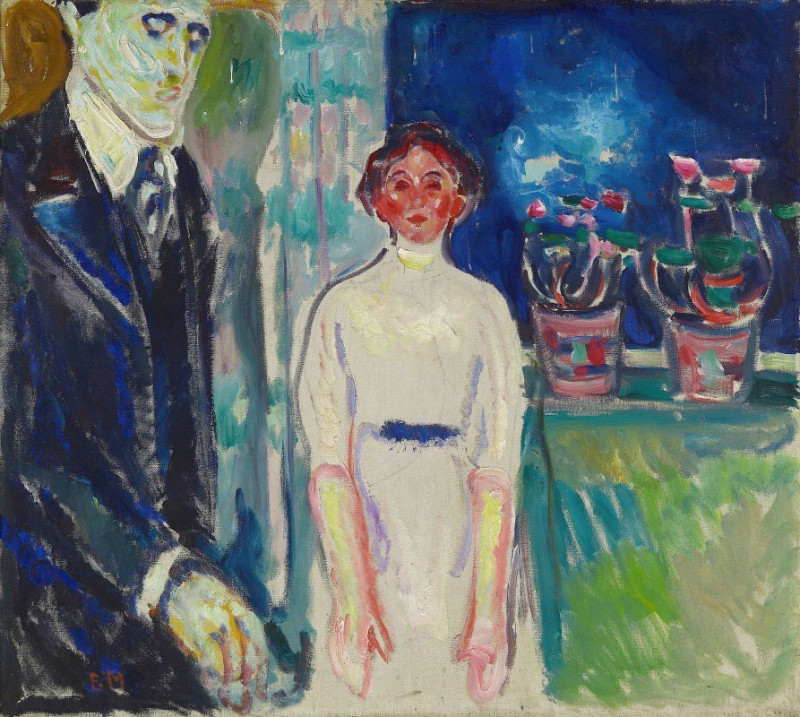

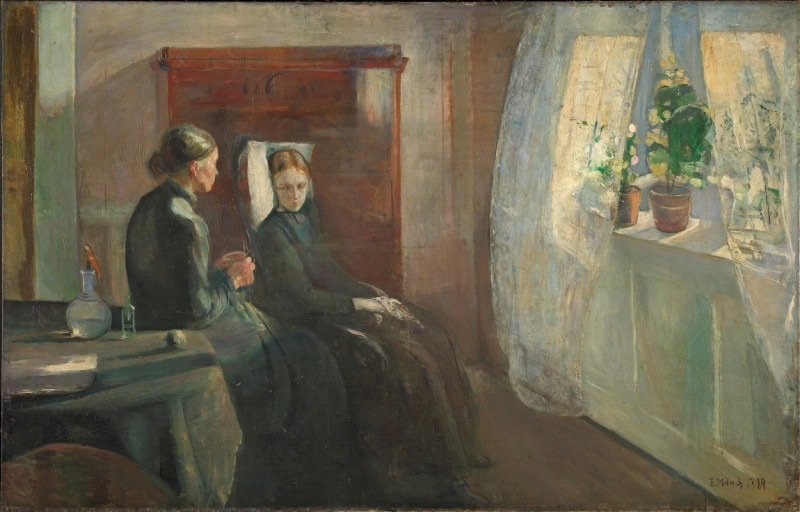

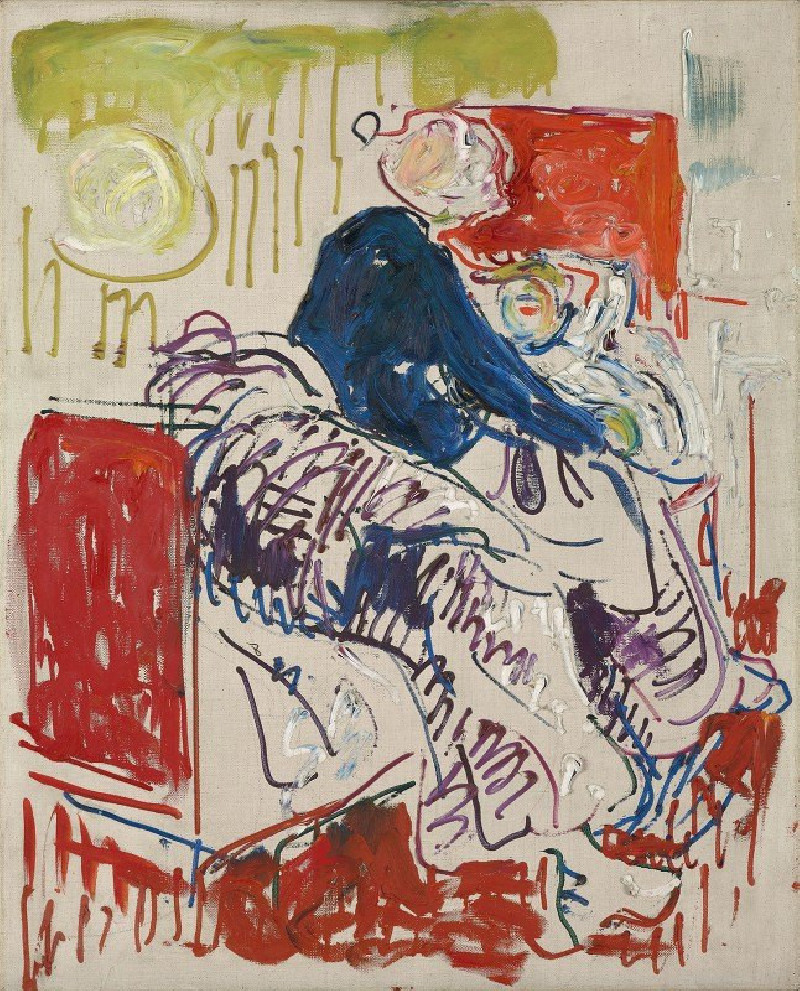
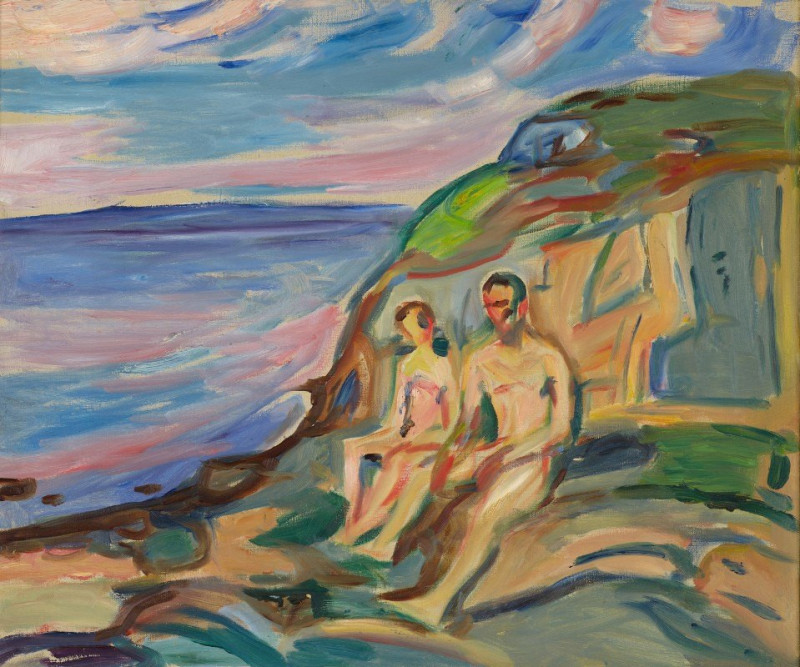
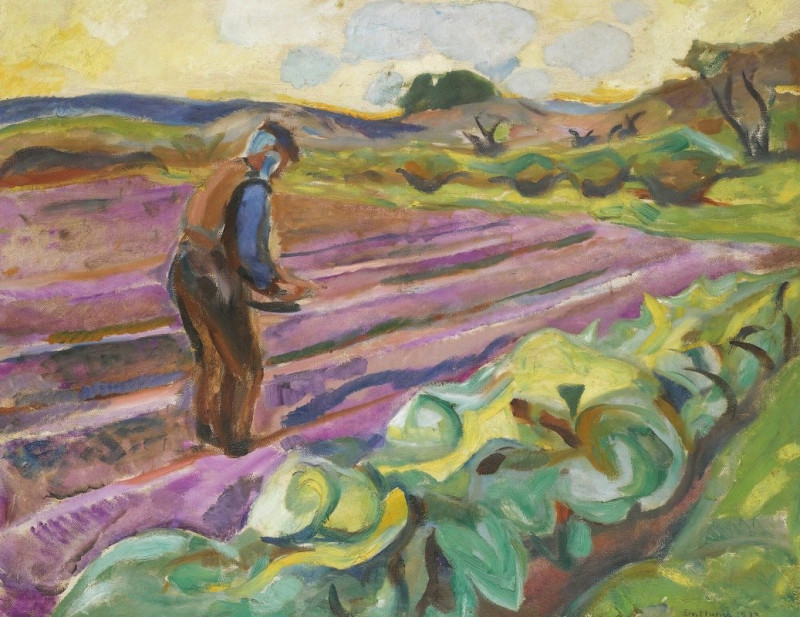


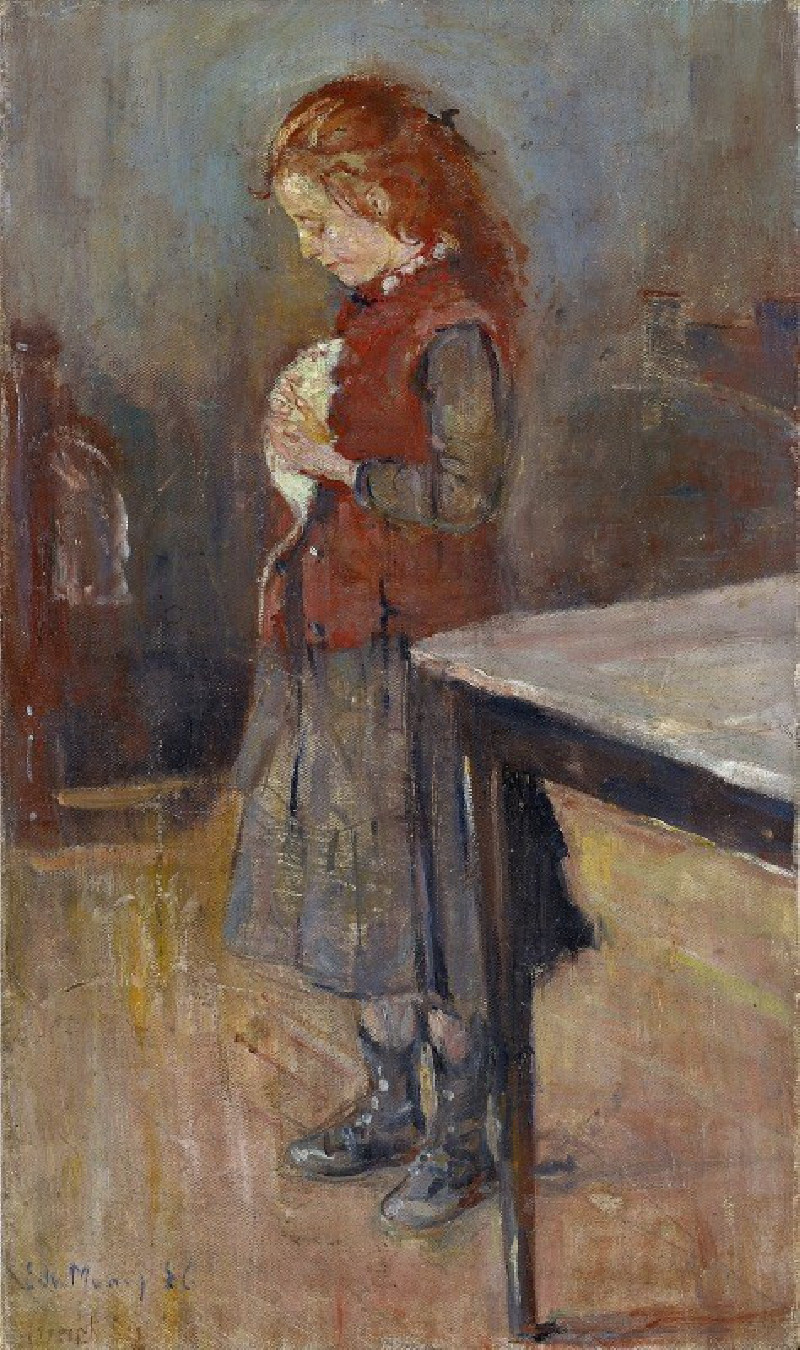
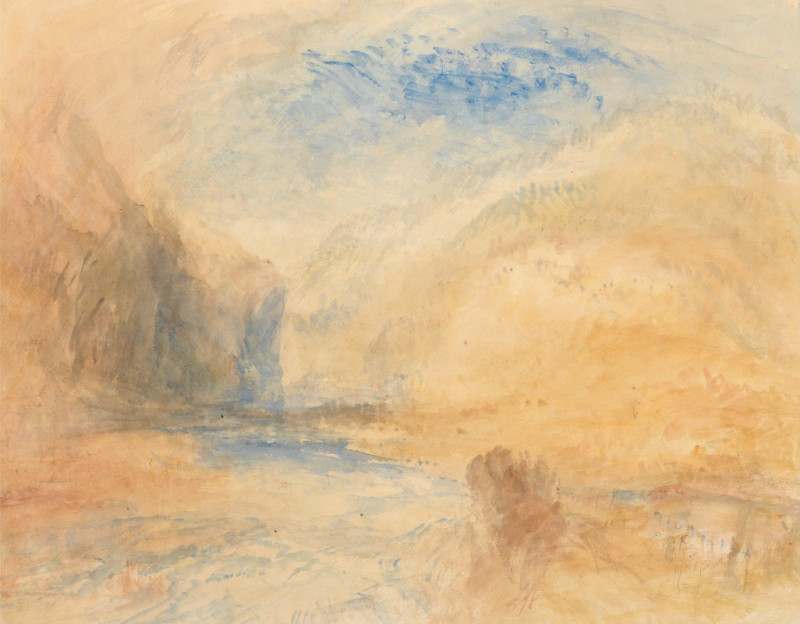



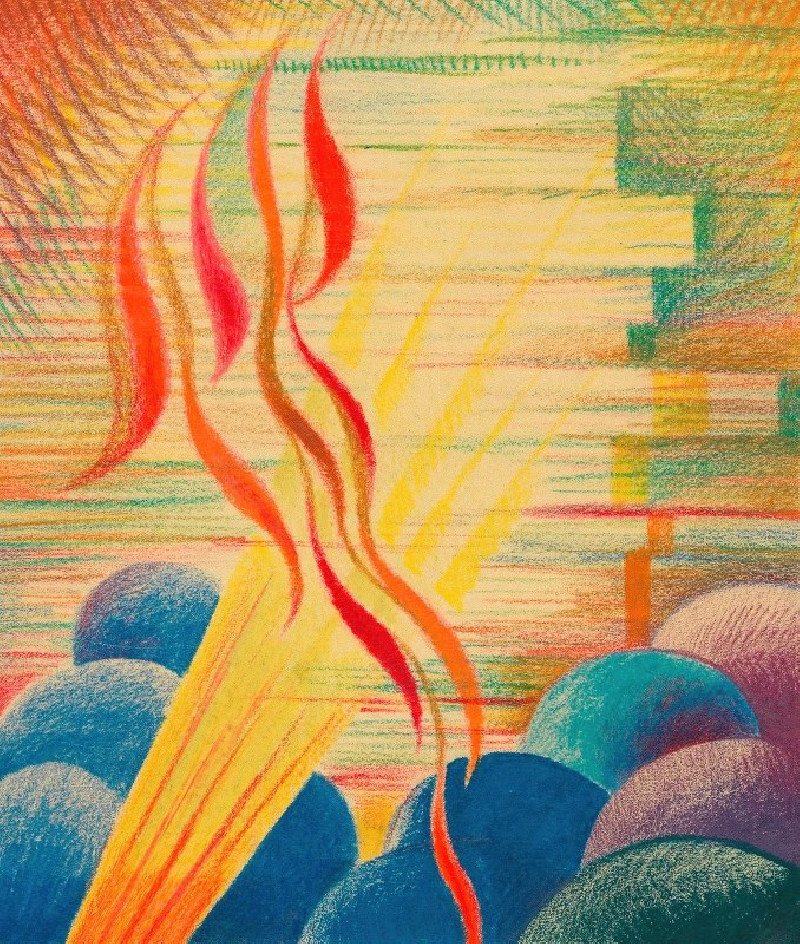
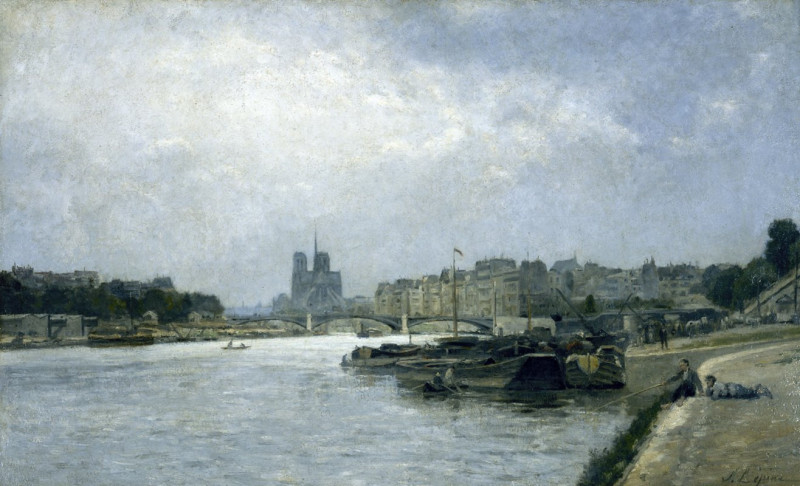
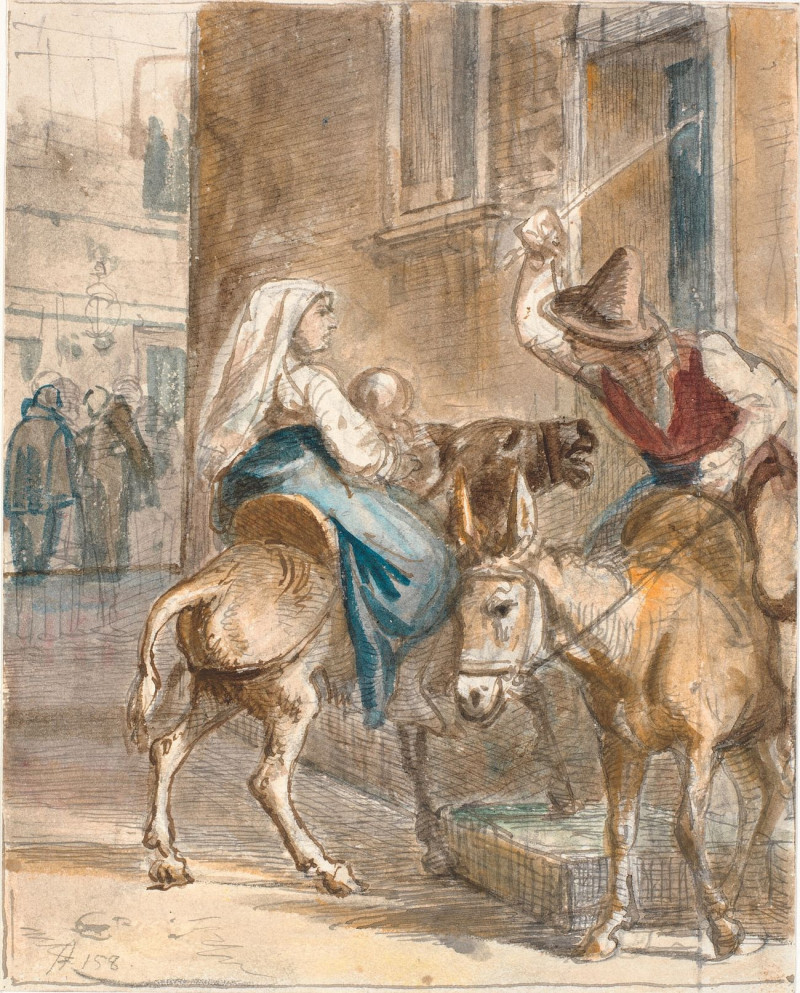
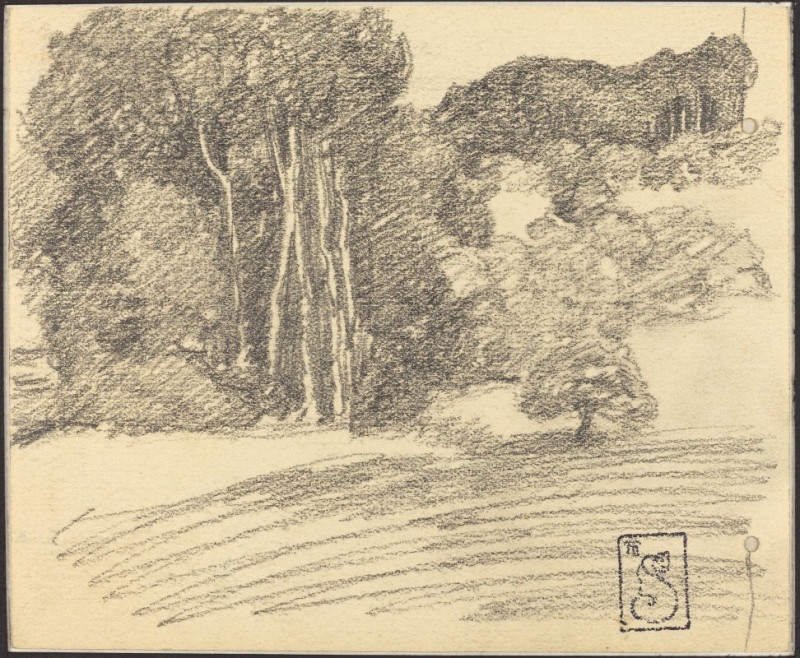
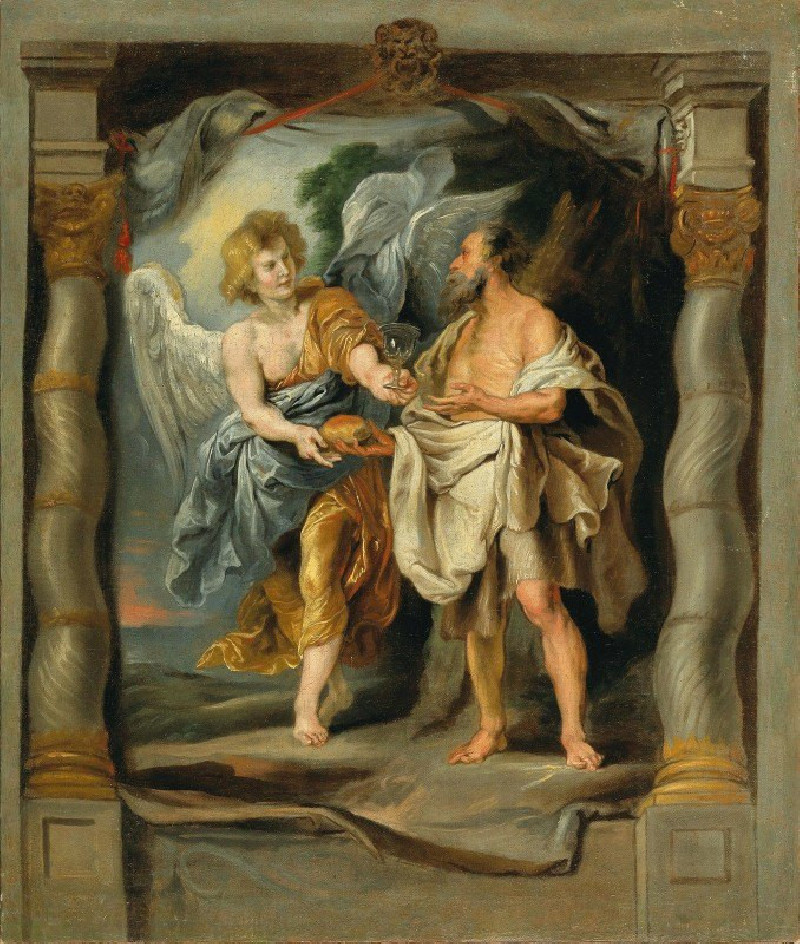
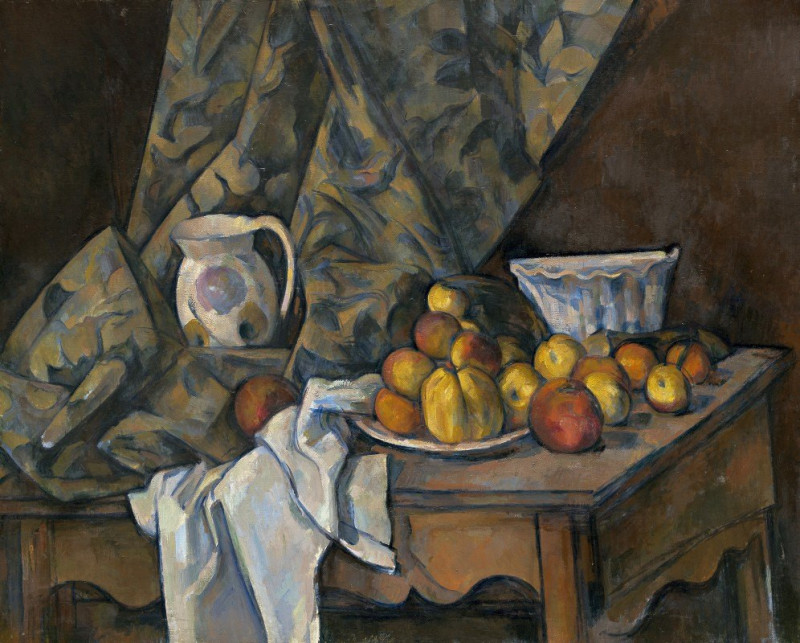
![Tombs of the Memlooks [Mamelukes], Cairo. (1846-1849) reproduction of painting by David Roberts. ALL GICLEE PRINTS](https://reprodukcijos.lt/39155-large_default/reproduction-of-tombs-of-the-memlooks-mamelukes-cairo-1846-1849.jpg)
